-
play_arrow
WURD Radio
By Madhusmita Bora
George Floyd’s high-profile police killing and the ensuing public discourse on anti-Black racism, through protests on city streets and on editorial pages in newspapers across the U.S., compelled the biggest financial institutions in the country to take notice and have their own reckoning.
“We can do more and do better to break down systems that have propagated racism and widespread economic inequality, especially for Black and Latinx people,” said JPMorgan Chase CEO Jamie Dimon in a statement last year. “It’s long past time that society addresses racial inequities in a more tangible, meaningful way.”
The company announced a $1 billion commitment to advancing racial equality and economic opportunity for people and communities of color over four years.
“While this work had already been underway, we wanted to accelerate this effort in light of the tragic killings as well as the disproportionate impact of coronavirus on people of color,” Vanessa Cook, senior vice president of media relations at Bank of America, said in a written statement.
Others have made similar pledges. PNC promised $1 billion to social justice and economic empowerment of Black communities. Wells Fargo promised a $1 billion commitment to advancing racial equality and economic opportunity for people and communities of color.
“I believe that true liberation is the North Star for everyone,” said Paralee Knight, vice president of social Impact and sustainability at Wells Fargo. “But we still have work to do in the space of equity right now, and we intend to continue to strive to make valiant progress in that space.”
While the pledges are very generous, they may not be all altruistic and their impact is still unclear, experts say. Philanthropic giving translates into tax breaks for corporate America, and they are not required to disclose intricate details.
“The demand for social justice created new tax legislation last year that allowed corporations to increase their charitable giving,” said Dr. Wayne W. Williams, assistant professor of accounting at Temple University. “That is mutually beneficial to corporate community engagement and organizations addressing social inequality within the Black community.”
“The problem that I have is that the money hasn’t reached our communities,” said Jamie Lee Storms Jr., owner of Lee Jr. Entertainment, a Philadelphia event management company. “That’s a huge concern of mine. If they are giving to people, where is it going? How is it being allocated? Who is using the money?”
Storms Jr., who also works a full-time job, received $1,800 in a Paycheck Protection Program loan. But his business, which relies on live events, has struggled because of the pandemic.
Banks have been announcing commitments on their websites and through the news media, but it’s unclear the tangible impact the funds will have on communities of color, including eligibility requirements for some of the programs.
“Anyone could say anything about anything, what does that mean? How can we go back and check who is receiving the money and what is the impact of the dollars,” said Jeannine Cook, owner of Harriett’s Bookshop in Philadelphia. “All these promises are not transparent or measurable.”
Cook’s store was open for six weeks when COVID-19 struck and forced a shutdown. She started Harriett’s with her savings because when she approached banks, she was told that she didn’t qualify for a loan until she had been in business for two years.
When the pandemic hit, she struggled. Then George Floyd happened.
“There was a frenzy all across the nation about how there was this magic money falling out of the sky,” she said about the financial pledges for racial justice. “But, not really.”
“It’s just a public statement and they are not always clear on how they intend to communicate
to the customer or the broader community,” said Tyrone McKinley Freeman, an associate professor of philanthropic studies and director of the undergraduate programs at the Indiana University Lilly Family School of Philanthropy. “That can be the tension with gifts. It’s one thing to announce and another to have an ongoing commitment to the public on what you are doing with the money, how you are doing it and what kind of impact it has.”
Tracking philanthropic giving can be difficult, McKinley Freeman said.
“Generally corporate giving data is that kind of a thing that relies on business entities to provide information on what they are doing with the money, how they are doing it and who it is impacting,” McKinley Freeman said. “We don’t know how this (pledges) plays out because we are still in the middle of it.”
Most of these pledges are a form of “diversity capital,” said professor Patricia Banks of Mount Holyoke College and author of the forthcoming book “Black Culture, Inc: How Ethnic Community Support Pays for Corporate America.”
“The fundamental role of corporations is that they will engage in actions that are not in conflict with profit making,” she said.
Banks, a sociologist, said that Black cultural patronage allows corporations to reap profits by signaling to their clients that they are invested in diversity, equity and inclusion. She said even though the impact is not great on the surface, it’s still a win because some of those funds support nonprofits, while corporations receive ethnic community support by cleaning up their track record on social justice.
“In this day and age, the racial image of corporations is very, very important because of the changing face of America,” she said. “Think about it as a form of impression management.”
According to the 2020 Census, the share of white population fell 6% compared to 2010. That’s the lowest on record. There are currently nearly 68 million members of Gen Z (the generation born between 1997 and 2012), and a 2020 survey found that 69% of these young buyers want brands to be involved in the Black Lives Matter movement.
Historically, banks have contributed to perpetuating economic inequality by redlining, charging people of color higher interest rates and fees and closing a disproportionate number of locations in minority neighborhoods.
A Federal Reserve survey showed that Black and Latino business owners were less than half as likely as their white counterparts to receive loan approvals. According to the 2021 Report on Firms Owned by People of Color, the disparity persisted even when the Black-owned, Latino-owned and white-owned firms were all categorized as presenting a low credit risk. Black, Indigenous and other businesses owned by people of color (BIPOC) tend to have weaker banking relationships, experience worse outcomes on credit applications and are more reliant on personal funds. This year, CtW Investment Group, which holds shares at Bank of America and JPMorgan Chase, urged the Board of Directors to oversee a racial equity audit analyzing the companies’ “adverse impacts on nonwhite stakeholders and communities of color.” Boards at both banks recommended the proposal be voted down, stating that they are already working on racial equality and reporting on progress annually, according to SEC filings.
Damon Hopson, who launched Broomall-based Hopson Cleaning Services Inc. in February 1999, couldn’t get a loan until he was “self sufficient” and his company was financially successful, he said.
Hopson started with two employees, including himself, a few mopping buckets and vacuum cleaners and a roster of clients. Things were looking good until he needed capital to grow. Encouraged by white colleagues in the business, he decided to apply for a loan. The friends told Hopson how the money they borrowed from banks allowed them to scale up their businesses.
Hopson was optimistic. He went to a half-dozen banks including Bank of America, PNC, TD Bank, Bryn Mawr Trust and Wells Fargo. But he got the same response everywhere.
“No bank wanted to give me any capital without collateral,” he said. “I didn’t have bad credit, just no credit.”
When he finally was making $100,000 deposits into his Citizens Bank account, he requested a line of credit. Hopson was told that there was a lien on one of his accounts. He went to the Delaware County Courthouse and got a letter clarifying the confusion. But he still got denied without an explanation, he said.
He closed his account at the bank and took his business elsewhere.
“It’s like back in the slavery days when you had to guess how many jelly beans were in the jar to have a right to vote and they still wouldn’t let you,” he said. “Banks don’t want to help us, and they will look for ways not to fund us.”
Hopson’s company now makes $2 million in sales annually.
“I learned to save money, so if the bottom falls off, I can survive,” he said. “They (banks) want to help now when I don’t need it.”
Pamela Thornton, owner of Pound Cake Heaven and a veteran who wanted to be her own boss, has a similar story.
“I am a homeowner. I had a good credit history, but when I first started and went to Citizens Bank for a loan, I didn’t get it.”
With no bank support, Thornton hit a rough spot in her second year and her credit history took a dive.
“I had financial institutions coming after me,” she said. “It’s a miracle that the business survived.”
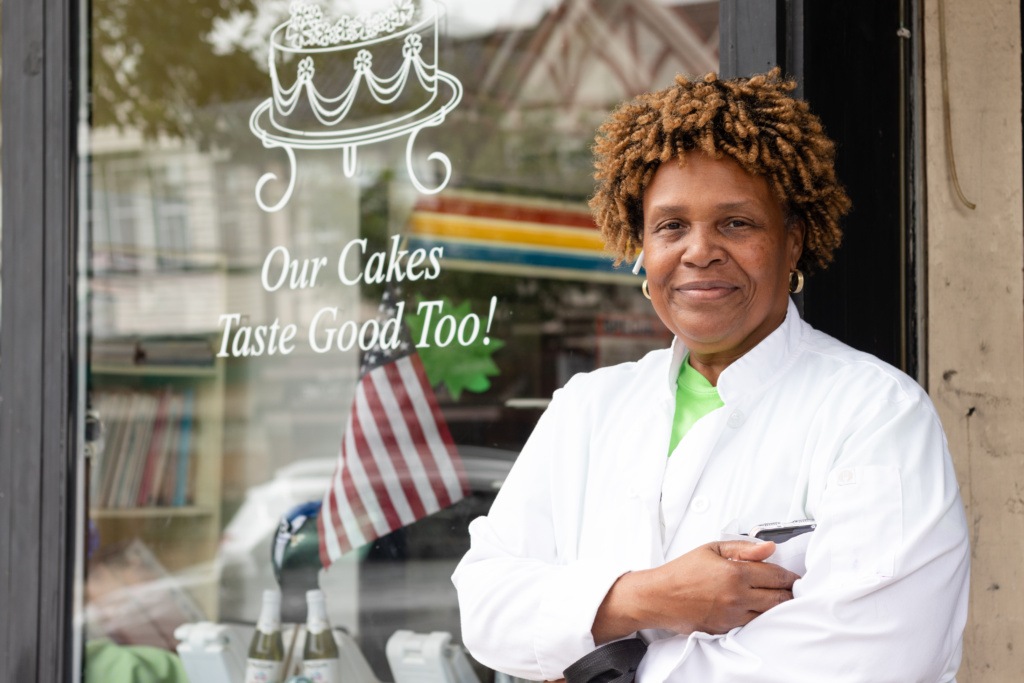
Eventually she received a $15,000 micro-loan from the Women’s Opportunity Resource Center.
Black-owned businesses, such as those owned by Hopson and Thorton, have long struggled with loan approvals from mainstream banks.
The 1977 Community Reinvestment Act pushed financial institutions to serve low- and moderate-income neighborhoods. But most struggling communities rarely have a bank location, and financial institutions get away without investing in what is perceived as high-risk communities. The screening process for approvals is stringent and the lack of resources and education in Black and Brown communities regarding bookkeeping and taxes compound the problem.
In 2018, the Treasury Department’s Office of the Comptroller found that Bank of America offered proportionately fewer home loans to minorities than to white applicants in Philadelphia. The bank shuttered many branches in majority-Black communities. It reduced the number of branches in majority Black neighborhoods by 29.1%, compared to the closure of 18.4% of branches in non-Black communities.
JPMorgan, which in October 2020 announced $30 billion over the next five years to advance racial equity and combat systemic racism, also has a conflicted history. The company faced multiple lawsuits related to discriminatory lending practices against communities of color, including a federal lawsuit related to mortgage discrimination. Like Bank of America, the company, too, has reduced the number of branches in Black communities by 22.8% between 2010 to 2018.
“It’s always difficult to find a bank or an ATM in a Black neighborhood,” said Williams of Temple University. “If there’s no lending institution within an area, there’s bound to be a decline in access to capital or investments. Where do you go to get a loan for your business or a mortgage for a home?”
Jim Burnett, executive director of VestedIn, a Community Development Financial Institution, said in Philadelphia, Black-owned small businesses struggle for yet another reason. The city historically has failed to support the small business community.
“If it’s (funds) not going to small businesses, it’s definitely not going to small Black and Brown businesses,” he said.
The lack of investment has widened the wealth gap for the city’s 43.6% Black population, the majority of whom have been deprived of creating generational wealth.
“There are louder voices that get funded,” he said. “The small business community doesn’t have an advocacy machine to promote their cause.”
Historical perspective
In the U.S., persistent wealth gaps between BIPOC and white Americans stem from centuries of systemic racism and government policies that prevent Blacks and people of color from accumulating generational wealth, experts say. In 2019, the average Black household had $142,330 wealth compared with $980,549 for the average white household. The total dollar gap between the wealth in white and Black households was $838,220.
“Money begets money and deprivation begets greater deprivation,” said Nicole Lee Ndumele, vice president of racial equity and justice at the Center for American Progress, an independent nonpartisan policy institute. “People don’t understand that it is a cyclical problem and there is not one solution.”
Ndumele said the racial wealth gap was established during the 250 years of slavery and displacement of Indigenous people from their land. The cycle perpetuated through Jim Crow segregation and government policies and laws such as the GI Bill and New Deal, which enhanced wealth for whites and hindered Blacks from accessing economic opportunities.
The problem was exacerbated because of lack of investment in Black neighborhoods, schools, businesses and homeownership.
“Because Blacks were not able to build wealth, they were in struggling neighborhoods with poor schools, which made it hard to go to college or get a job to accumulate wealth,” Ndumele said. “Without real intervention this cycle will continue.”
Additional discrimination at jobs, in the criminal justice and health care systems helped to further widen the wealth gap.
A son of a single mom, Hopson worked as a bagger at a grocery store to help his mother with expenses. He said except for one brother, his other three siblings got caught up in drugs and alcohol.
“I could have easily been a statistic,” Hopson said.
A gym teacher who became his mentor noticed him at the grocery store and gave him a break at the cleaning company where he was a regional manager. His only condition was that Hopson keep up his grades at school. At age 17, Hopson lost his mother and was entirely on his own. He attended Pierce College, continued his cleaning job and moved into an efficiency apartment in West Philadelphia. When Hopson launched his business and banks turned him down for loans, he focused on what he already knew best: being self-reliant.
“It just put me in a position where I could only sink or swim,” he said.
It was only five years ago that he got his first line of credit. Hopson Cleaning Services now has more than three dozen corporate client accounts across the tri-state area.
Not everyone can beat the odds like Hopson or Thornton. Eight out of 10 Black-owned businesses fold within the first 18 months. Most Black small business owners don’t have accumulated wealth to support their entrepreneurial venture beyond a short period.
Pandemic widens gap
When COVID-19 struck, Black-owned businesses plummeted more than 40% between February and April 2020, according to a report by the House Committee on Small Business. That was the largest drop across any ethnic group.
“When the economy gets a cold, minority businesses get the flu,” said Ian Lawrence, senior director at The Enterprise Center.
The Paycheck Protection Program offered by the Small Business Administration offered little support. By the end of the first round, 70% of loans issued by the largest issuer, JPMorgan, went to majority white congressional districts, according to SEC reports. A study found that only 29% of Black business owners initially got PPP loan approvals compared to 60% of white applicants. Thornton of Pound Cake Heaven was among those who were turned away. So was Cook of Harriett’s Bookshop.
Most small Black business owners lack financial management and accounting practices, hindering their ability to access capital. Without quarterly and annual statements, tax documents and evidence of profit, applicants face rejections.
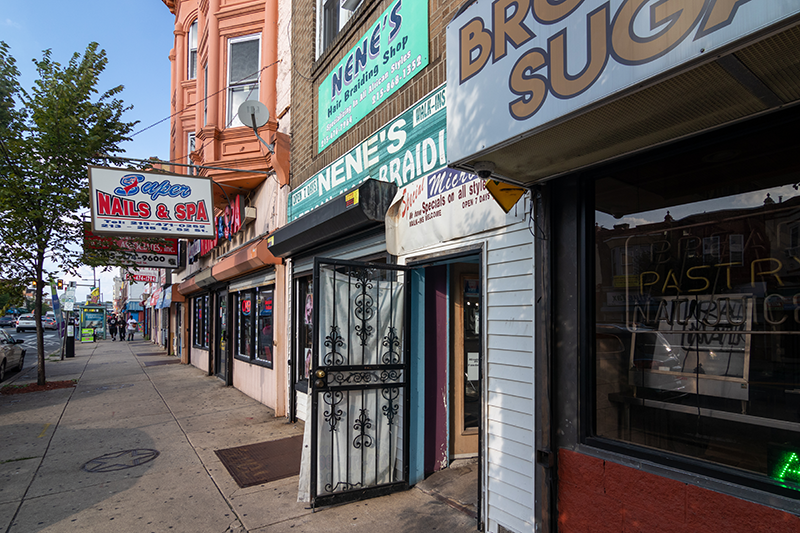
The Enterprise Center and other Community Development Financial Institutions (CDFIs) worked with their clients coaching them on the necessary recordkeeping and paperwork, which helped the second round of applicants. Thornton, with the support of the Women’s Opportunities Resource Center, received funding in the second round, which was more accessible to minority owned businesses.
“Only when I got the check, I was able to exhale,” she said. She is now dreaming of adding another location.
Lynne Cutler, president of the WORC, said “65 percent of the businesses that received PPP funding through her organization were Black owned.”
“It is going to take additional time and resources for the businesses to recover, ” Cutler said. “In general they had very little savings or working capital so their savings have been depleted.”
The road ahead
As Cutler pointed out, the pandemic recovery process has begun for some Black-owned businesses, but the path ahead is still uncertain for many who are struggling.
Last spring, Wells Fargo announced $8.35 million in new funding for small business recovery efforts to Community First Fund, The Enterprise Center, Entrepreneur Works, The Reinvestment Fund and Women’s Opportunity Resource Center. Many of the projects are still in the gestation phase, bank officials said. Roughly 80% of that money is going toward BIPOC and women entrepreneurs through the different organizations, bank officials said.
Burnett of VestedIn said that much of the money announced by the big banks has yet to trickle down to the intended constituents. There is another problem: Even though there’s a strong desire now to make more funds available for Black communities, there is also a traditional investment mentality over return on investment, he said.
“This means they will create structures for investors to get returns and those structures have historical limitations and we will be defaulting to the norm,” he said. “They are not just doing that all out of benevolence.”
Williams of Temple University said there needs to be more alternatives to traditional banks such as CDFIs, which are more likely to provide access to capital to clients that may seem less creditworthy for a big bank.
For now, city business leaders are focusing on what is in their control. Kenneth Anderson, vice president of civic affairs at The Chamber of Commerce for Greater Philadelphia, said the Chamber is working with banks and CDFIs to help provide educational and technical assistance to small minority-owned businesses.
“If an organization or a business needs accounting services, we will source and identify and make connections so they are in a better position to get money from the bank,” Anderson said.
Hopson, who was able to qualify for a PPP loan, is not optimistic about seeing real changes anytime soon. He said there needs to be representation from communities of color in boardrooms and decision-making bodies.
“We definitely need to have people who look like us, come from the same neighborhood and can relate to us to sit on advisory boards of financial institutions,” he said. “Compassion and empathy are needed in boardrooms for any real change to happen.”
To read more information on this topic, check out this story on wurdworks.com.
Madhusmita Bora (she/her) is a writer, teacher and an award-winning multidisciplinary artist. She has previously worked for The Philadelphia Inquirer, Indianapolis Star and St. Petersburg Times (now Tampa Bay Times).
This story is part of a series called The Future of Work, which explores what work will look like as we move beyond the pandemic. It’s produced with funding from the William Penn Foundation and the Lenfest Institute for Journalism. WURD/Lively-Hood is one of more than 20 news organizations producing Broke in Philly, a collaborative reporting project on solutions to poverty and the city’s push towards economic mobility.
THE WURD WEEKLY NEWSLETTER
Black Talk Media sent straight to your inbox.
BECOME A MEMBER
The forWURD Movement is your way to
protect and preserve Independent Black Media.
Written by: wurdradio21stg
Bank of America Chamber of Commerce for Greater Philadelphia Citizens Bank George Floyd Harriett’s Bookshop Hopson Cleaning Services JPMorgan Lively-HOOD Madhusmita Bora onWURD Paycheck Protection Program pnc Pound Cake Heaven temple university The Future of Work VestedIn wells fargo Women’s Opportunity Resource Center wurd radio
Similar posts
Featured post
Latest posts
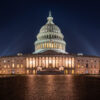
This week on WURD: Jesse Jackson’s political legacy, monetizing content with Fanbase, the government shutdown’s impact, Pennsylvania’s prison conditions

This week on WURD: “Secret” war with Venezuela, the rising cost of healthcare, Black progress meets white backlash

Michael Days, editor and advocate for diversity in journalism, dies at 72

This week on WURD: Remembering the Million Man March, legacy of the Harlem Renaissance, Columbus Day vs. Indigenous Peoples’ Day

The Assata Alignment
Current show
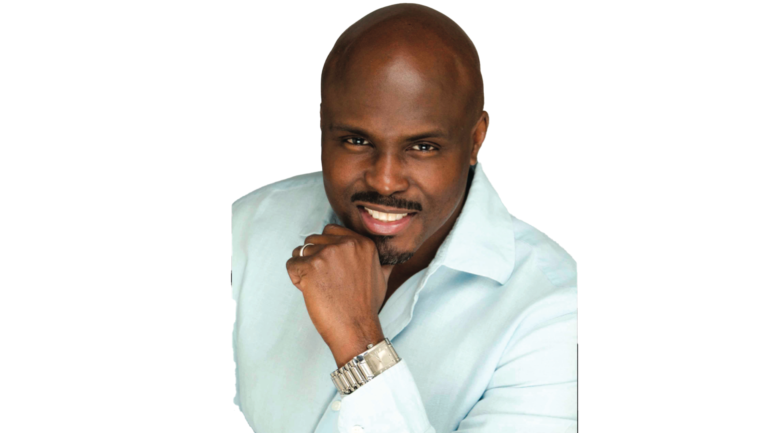
Wake Up With WURD
Hosted by award-winning journalist Solomon Jones, Wake Up With WURD is a news and entertainment talk show that promotes dialogue and debate on today's hottest issues, and does so from a black perspective. Our guests include journalists, politicians, leaders, academics, and pop-culture icons. We seek to share news and information interactively, to engage our listeners in meaningful and compelling dialogue, and to use information as a basis for action.
closeUpcoming shows

The Midday Break Room
10:00 am - 1:00 pm

Keepin’ It Real with Rev. Al Sharpton
1:00 pm - 4:00 pm

Evening WURDs
4:00 pm - 7:00 pm

The Tavis Smiley Show
7:00 pm - 10:00 pm

Soulful Sunrise
6:00 am - 7:00 am
WURD Radio LLC © 2012-2021. All rights reserved.


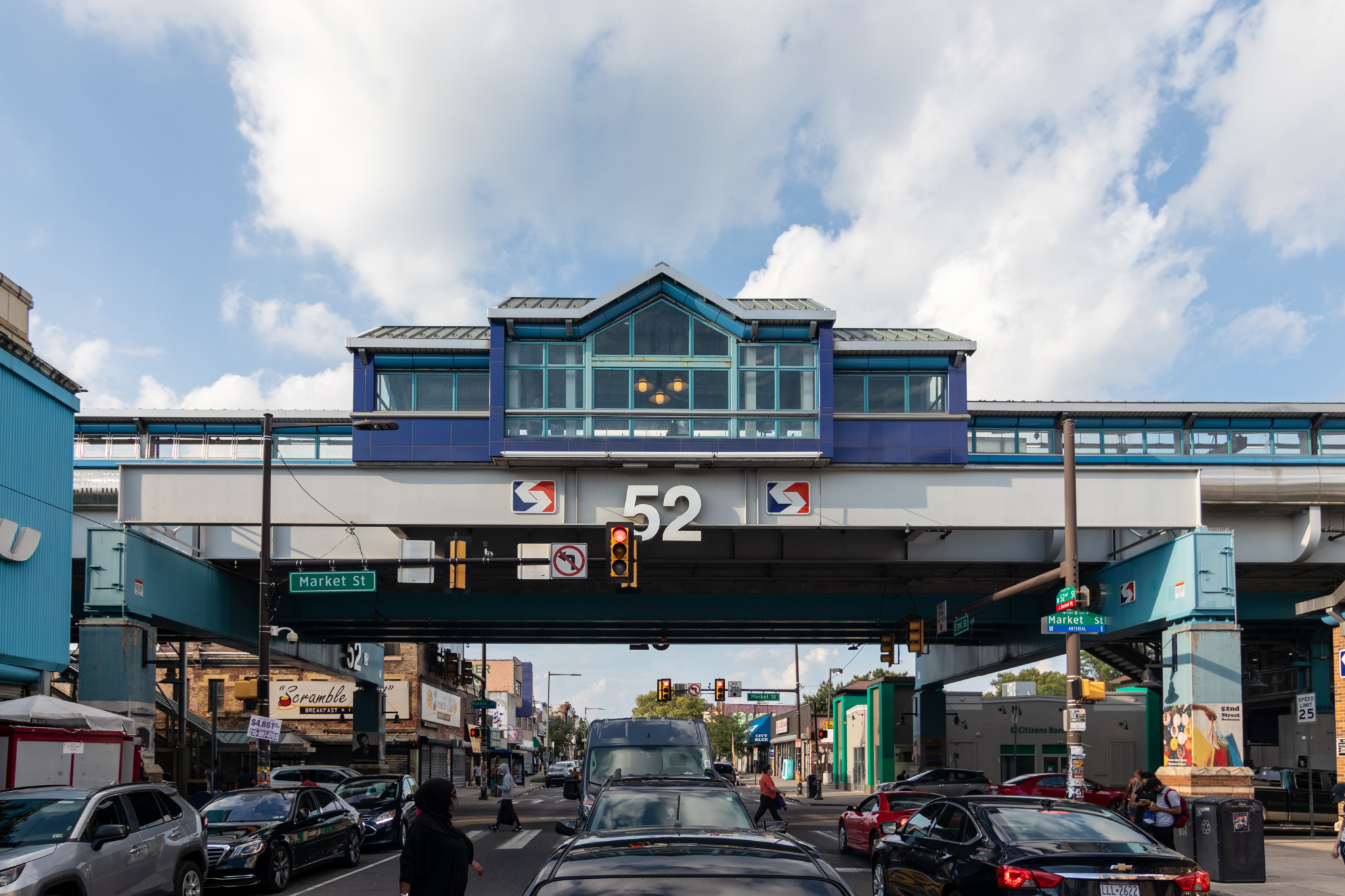

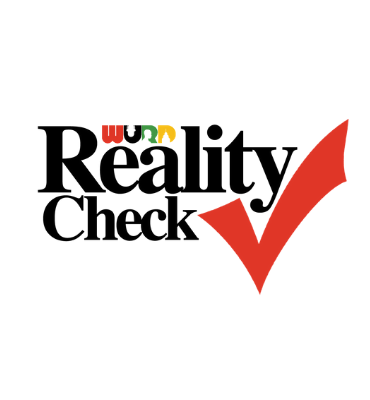

Post comments (0)